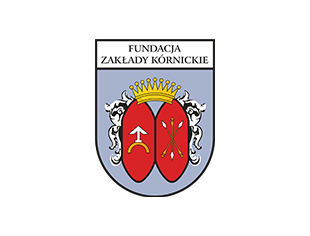WSPÓŁPRACA










Instytut Dendrologii
Polskiej Akademii Nauk
kategoria naukowa A+ w dyscyplinie nauki biologiczne
kategoria naukowa A+ w dyscyplinie nauki leśne
WSPÓŁPRACA







This study was concerned with effects of humic acids on extraction of heavy metals from the polluted soil by black poplar (Populus nigra L.) and a Dutch hybrid poplar (Populus canadensis Moench 'Marilandica'). The following questions of induced phytoextraction were investigated: (1) are the heavy metals that have been accumulated by humic acids in polluted soils (buffer zones of a copper smelter) bioavailable? (2) can heavy metals be extracted by poplars from a heavily polluted soil more effectively after addition to the soil of humic acids extracted from soils free from direct effects of industrial pollution?
Values of phytoextraction potential (EF), which is a ratio of the weight of the given metal in aboveground parts (i.e. its concentration in aboveground parts dry weight of aboveground parts from one harvest) to the weight of the metal in the root zone (i.e. its total concentration in the soil weight of the soil in the root zone), in 'Marilandica' for Zn Cd, Cu and Pb, both at normal concentrations (control) and critical concentrations, were lower than in P. nigra. EF values in 'Marilandica' growing in the polluted soil were: 0.88% for Zn, 0.74% for Cd, 0.004% for Cu, and 0.0034% for Pb.
The heavy metals accumulated in humic acids were taken up by poplar roots and transported to aboveground parts. Addition of humic acids extracted from soil samples collected in buffer zones of the copper smelter, led to Zn accumulation in aboveground parts (ca. 45%) and in roots (ca. 55%). Cd accumulation was similar in both aboveground parts and roots, while Cu and Pb accumulated mainly (ca. 95%) in roots.
After addition of 0.15% humic acids, ion extraction significantly increased for Zn, Cd, Cu and Pb from the polluted soil, and EF values in 'Marilandica' were significantly higher than in P. nigra. 'Marilandica' extracted from the polluted soil in the buffer zone and accumulated in aboveground parts 1.8% Zn, 1.5% Cd, 0.013% Cu, and 0.007% Pb. Although EF values were higher in the presence of 0.15% humic acids than without their addition, they are still too low for effective phytoremediation of the soil in the buffer zone of the copper smelter in a realistic time-frame.